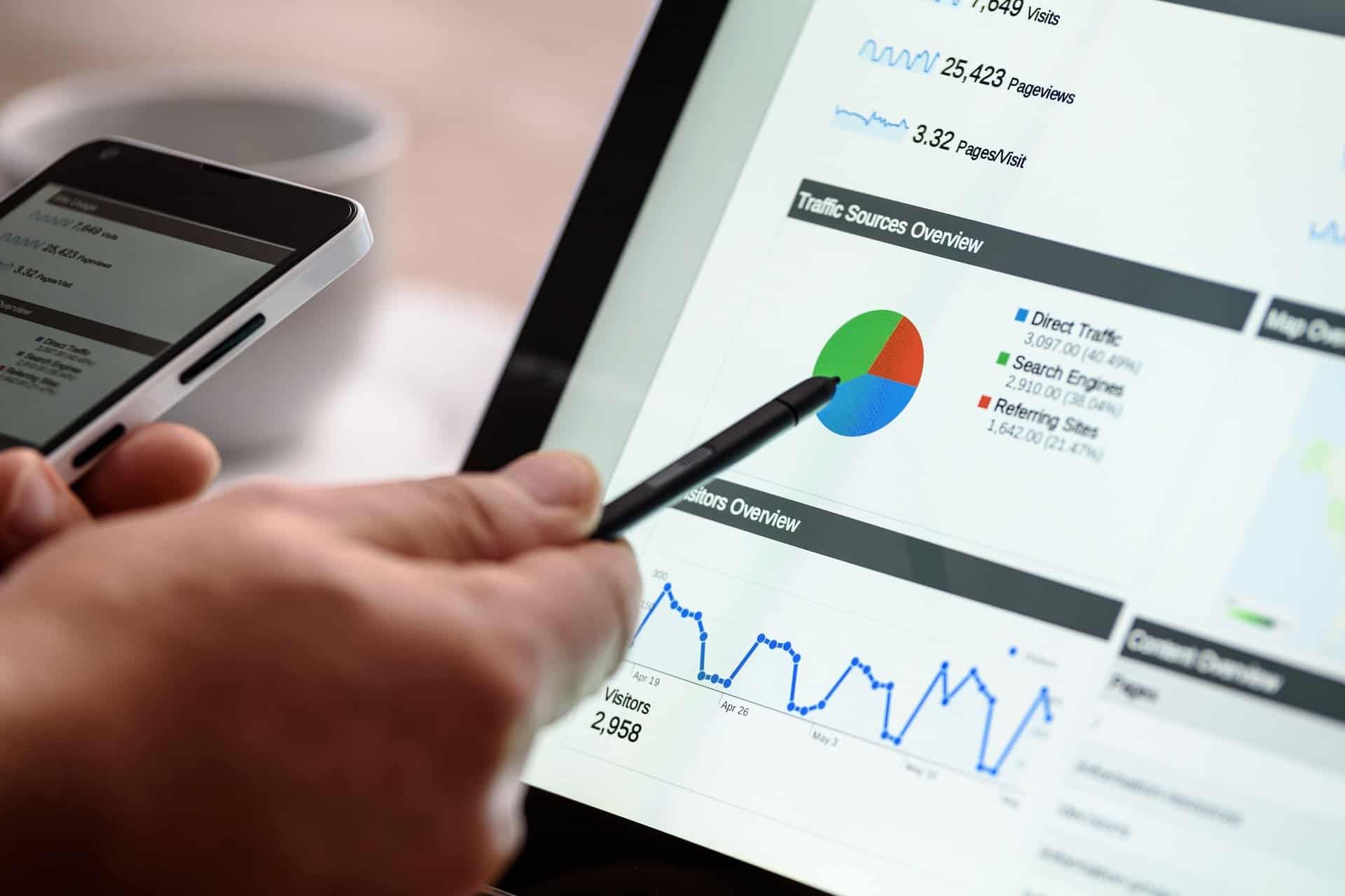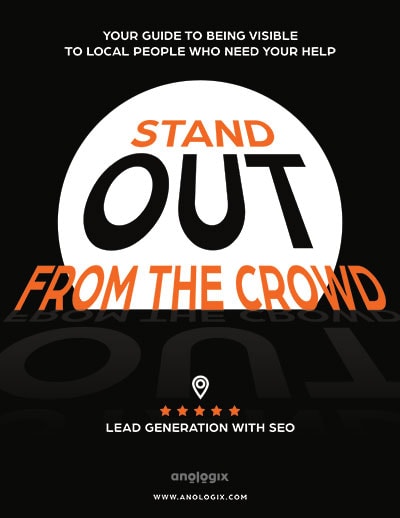
How to Prepare Your Site for Google's 2021 Page Experience

Introduction
After several postponements, Google has pushed the projected rollout date of its new Page Experience signal release to mid-June 2021, with a complete rollout by the last part of August. So what is Google's Page Experience signal and how should you be evaluating and optimizing your website while anticipating its arrival?
What is Google Page Experience?
In order to improve the overall experience of user browsing, whether by mobile or desktop, Google began developing its Page Experience. The Google Page Experience signal combines several metrics that will influence website rankings. With approximately 40,000 Google searches per second, only a quarter of those searching will continue looking beyond the first page. It goes without saying, the success of an online business depends on how well it can rank on Google's search results.
To now, website page and content creation have focused on SEO in order to have a favorable ranking in Google's search results. But with the June 2021 arrival of the Page Experience signal, Google adds a new factor to ranking with a new set of criteria. This uses several subsignals to evaluate the complete page experience, which will determine the page's ranking. User experience will chiefly affect ranking on pages. Pages that are more concise and more user-friendly will score higher for placement on Google's search engine results page (SERP).
Previously, online businesses concentrated on user experience once the user arrived on their site. With the release of Google's Page Experience, a site's ranking may be affected positively or negatively even before the user clicks through to the site. Some of the Page Experience subsignals have already been in place, such as:
- Mobile-friendly - This means how well a mobile device can render a site.
- Safe browsing - This means not containing content that is deceptive or malicious (such as having malware).
- HTTPS - This means using secure HTTPS communication over the Internet with the Transport Layer Security.
- No intrusive interstitials - Popups aren't just disruptive but can give a negative user experience, especially on a mobile device. Google penalizes interstitials that intrude on a user's ability to read page content. The only exceptions are popups to consent to cookies, per EU rules, or to verify age on an age-restricted site. And Google will not penalize for banners that are reasonably sized, about 15% or less, that won't hinder mobile user experience.
New subsignals to be added will be Core Web Vitals, consisting of:
- Loading - Largest Contentful Paint (LCP) - LCP measures a page's loading time for the largest image or block of text. When a page begins to load, a favorable LCP should be within 2.5 seconds. However, an LCP over 4 seconds is unfavorable.
- Interactivity - First Input Delay (FID) - FID measures the length of time before a webpage is responsive after a user has begun engaging with it, such as clicking a button or link. An FID with a response time of under 100 milliseconds is good, but an FID over 300 milliseconds is bad.
- Visual Stability - Cumulative Layout Shift (CLS). CLS measures the visual stability of a page and scores any unusual shifts in layout while a user is interacting with a page. Such as when a user clicks a link that suddenly switches to a nearby link, which unintentionally becomes activated instead. An optimal CLS score is under 0.1, while a score over .25 is to be avoided.
How to Prepare Your Site
Google supplies the tools you need for measuring the Page Experience of your site. Their Search Console has enhanced their Core Web Vitals report, which shows at a glance how well your site is doing and indicates what pages need improving.
Once you've pinpointed any pages that need improvement, the PageSpeed Insights tool can show exactly what areas need adjustment. Although your Page Experience score won't be given, these tools will show you the current status of your site and guide you on how to improve it.
At present, FullStory doesn't measure or tell your site's Page Experience score. Google doesn't disclose the scores because they plan on annual changes with optimization to the Page Experience signal. Still, several chief metrics in the Full Page Speed Metrics align with those of Google's new signal.
These metrics are:
- First Contentful Paint (FCP) - The FCP corresponds to the moment the initial element of the Document Object Model (DOM) shows in a site visitor's browser. FCP is not the same as LCP, which measures the largest rather than the first element.
- DOMContentLoaded (DCL) - The DCL indicates the length of time it takes for the HTML of a page to load before it renders content.
- Page Load - This signal starts when the entire webpage, including its supporting elements, has completed loading and is now user interactive. The Page Load signal gives you insight into the length of time your page takes to be completely usable. This can also act as a substitute for the First Input Delay (FID) subsignal mentioned previously.
Although these signals don't correspond exactly with the Google Page Experience signal, they will give you an excellent overview of how visitors currently experience your site's content. When combined as a whole, the metrics of FullStory can reveal how long a user must wait before your site and its content become fully interactive with them. In addition, this will show if lengthy load times are hindering user experience and how all this correlates with the Page Experience signal's overall experience measurement.
Besides running the Core Web Vitals report, you can also generate a Chrome User Experience (CrUX) report. This will track other metrics that complement those of the Core Web Vitals, such as the time to the first byte and notifications permissions. Although the CrUX isn't as detailed as the Core Web Vitals, it does contain other benefits. One of these is providing data on the performance of each previous month, allowing tracking performance to be monitored within certain time frames. Other information also includes the type of user device, effectiveness of user's connection, and user's country location. CrUX's additional information allows you to view any other factors that could affect your site's performance information.
Lighthouse, another of Google's tools, can indicate areas where you can improve site performance. It features an assessment geared towards mobile devices, which gives a range of detailed error notifications, which will explain why your site is conflicting with mobile viewing. The error notification categories include incompatible plugins, text too small (user is unable to read text unless zooming in), and content too wide (user is unable to view all the content without screen rotation).
Conclusion
Though numerous factors can influence SEO ranking, no matter what steps are taken to boost site and content performance, the primary focus should remain on providing the highest quality of content. This also applies to the Page Experience signal. In a previous announcement, Google stated that sites with the best information but a slightly lower page experience score will still have priority over a page with a higher score but filled with substandard quality content. So, although it's vital to supervise Google's metrics and keep your site at peak performance, overall user experience of a site is what really counts.
FREE Guide
Stand Out From the Crowd:
Your guide to being visible to local people who need your help
